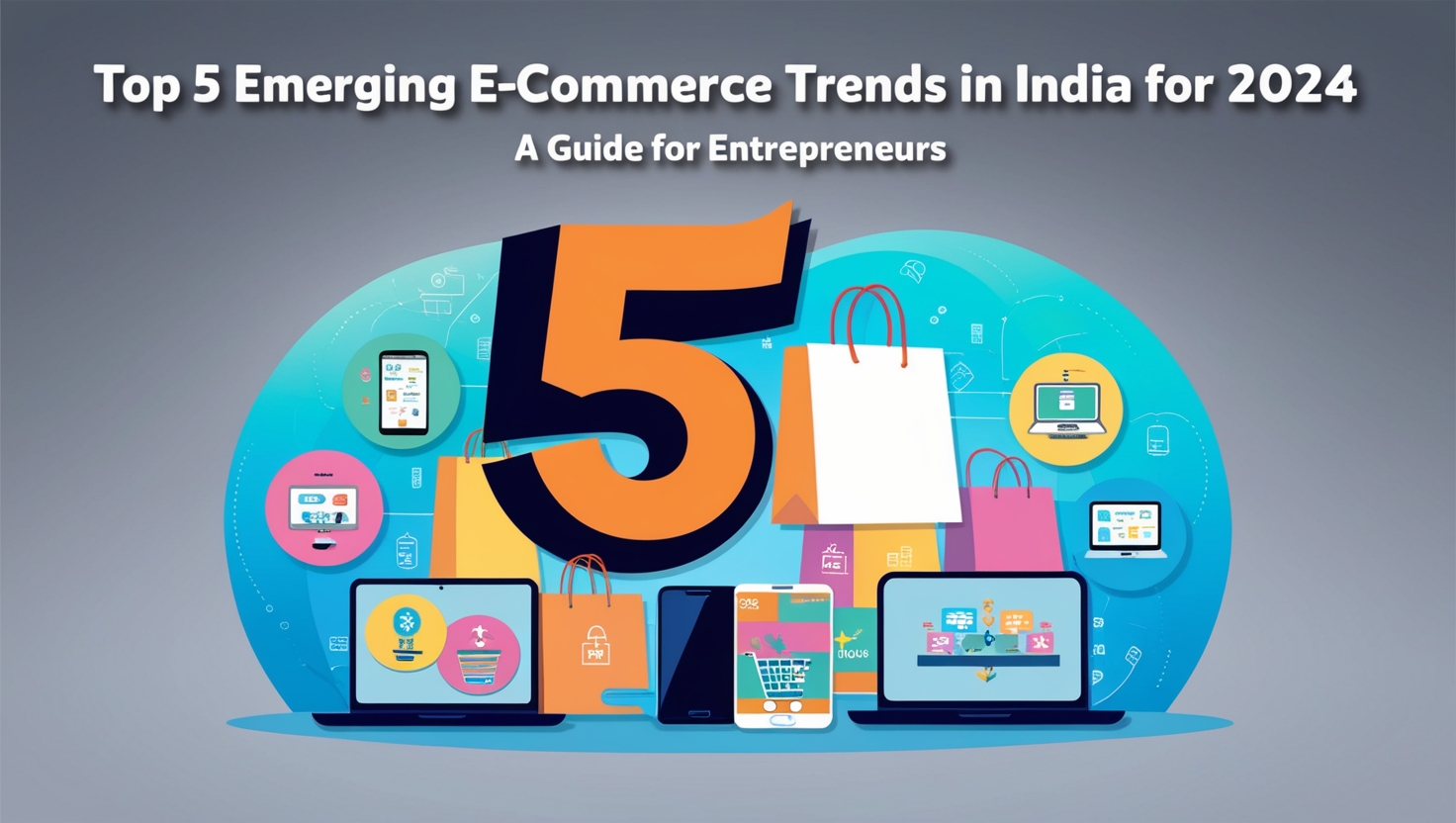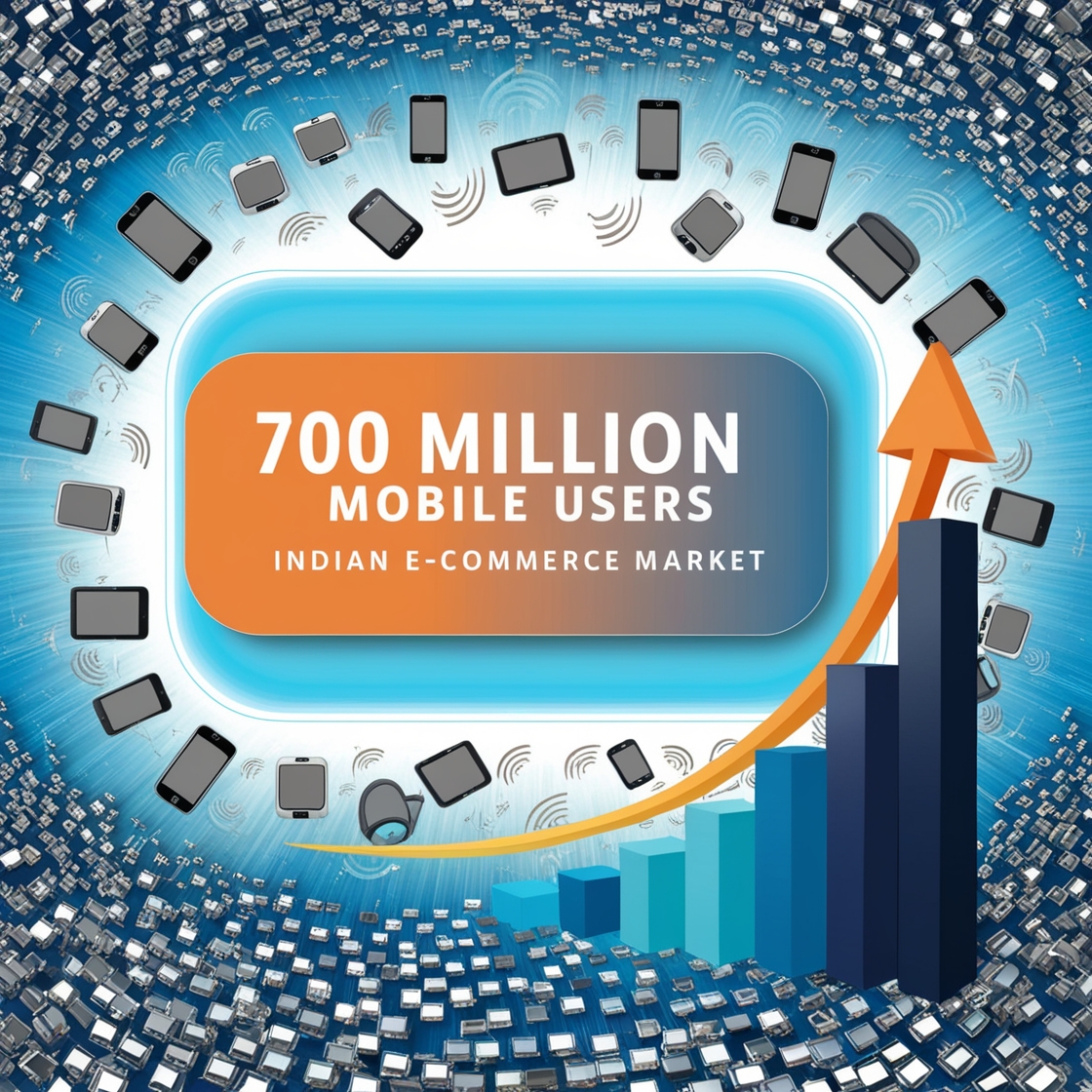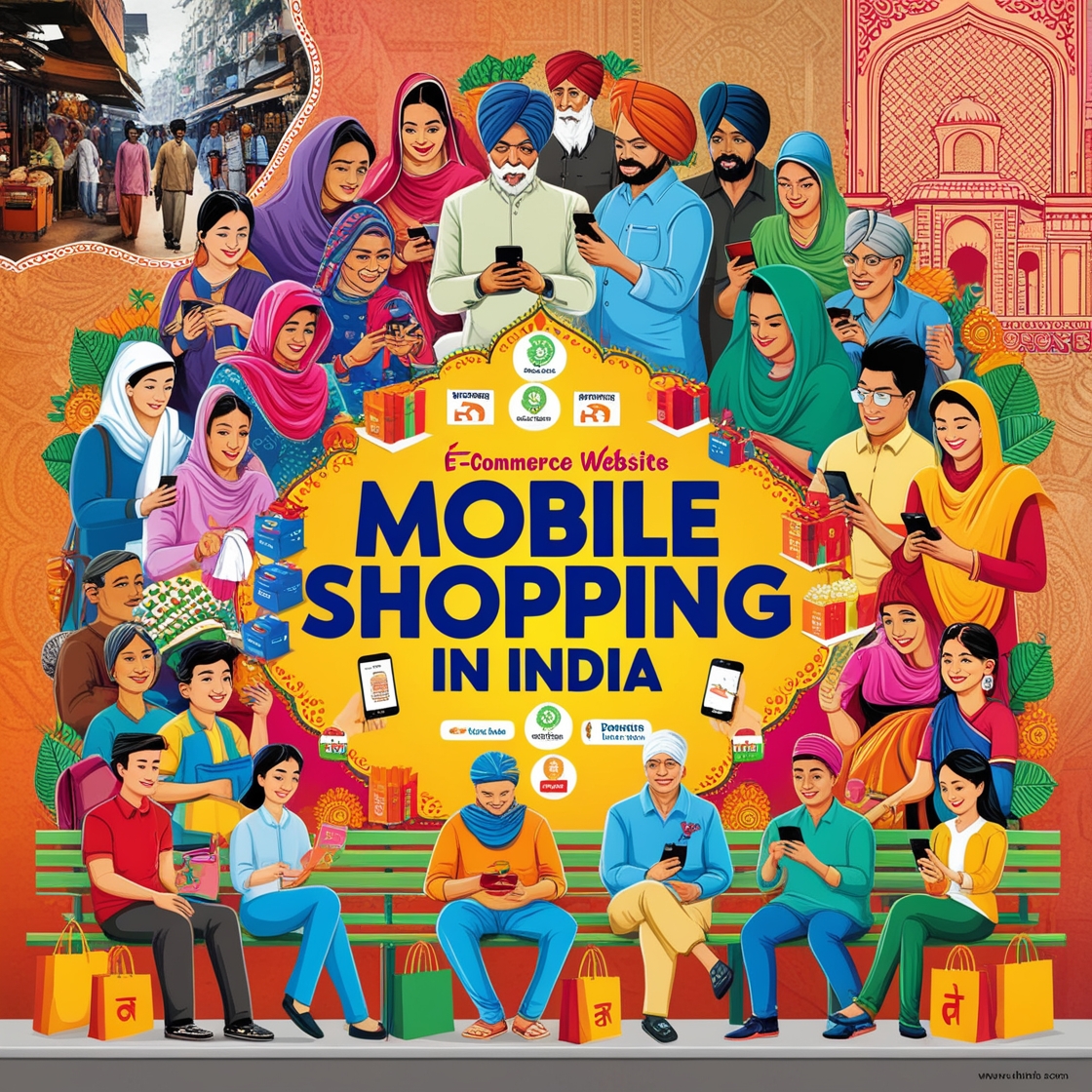
Introduction
The Indian e-commerce market is growing rapidly with more entrepreneurs and small business owners availing the opportunities to set up their online shops. Nevertheless, innovation is the key factor in this fast-moving technological world and is changing the game of customer behavior. This article will discuss the five ways that the Indian e-commerce market will be changing in 2024. With the help of these concepts, Indian entrepreneurs can solve the difficulties of the market, drive competition, and thus be profitable in an overcrowded market.
- The Rise of Social Commerce in India
Social commerce is the latest fashion among Indian people who can see how platforms like Instagram, Facebook, and WhatsApp totally transformed their way they buy. Shoppers are increasingly driven by factors such as social media which is proven by data pointing to the fact that these kinds of sales will be skyrocketing in the coming years. This in turn brings a wide range of advantages for small business owners who can directly converse with potential customers through social platforms.
Instagram’s “Shop” tool and WhatsApp Business, both of which are highly popular, have made it easier for Indian businesses to take advantage of this online realm and make online sales without even using an external website. Business owners can showcase their products, correspond with clients on-the-fly, and give suggestions which are then tailored to personal preferences causing the sales to spike. Establishing reliability through verified information, such as the customer’s feedback or user-generated content, also ameliorates the shopping process.
Actionable Tip:
Social media optimization for small business owners should be a priority for sales. Engage customers, bring in influencers, and ask for reviews to make the company a credible one.

- Mobile-First Approach: A Necessity for Indian E-commerce
With more than 750 million mobile internet users in India, mobile-optimized e-commerce websites have become a must-have rather than a choice. Mobile shopping is the most convenient way to make a purchase for Indian people as it is easy to buy smartphones which are cheap beside the call and data promotions. Entrepreneurs have to optimize their virtual storefronts to mobile users and should provide easy navigation, quick page loading, and a sense of trust in purchasing.
Website development of mobile-friendly is not merely reducing the size of the website to fit phones. “Mobile first” concept involves building a website that is able to display responsively and are just as clear and user-friendly on the small screens as they are on the desktops.
Actionable Tip:
Assessment of your site’s mobile performance with solutions like Google’s Mobile-Friendly Test is an excellent way to address all mobile-based problems. Give your shoppers an easy trip by simplifying the checkout procedure, using larger buttons, and reducing the number of forms.
- Challenges in Logistics and Delivery Solutions
Delivery to the extreme and remote places in India is the most common challenge that e-commerce companies face, whereas this is not an issue in the urban areas. The geographical variances and immaturity of the infrastructure systems in some parts of India result in time lags, elevated transportation expenses, and sometimes even a return of the package. Anyway, not just technological advancements but also partnerships with third-party logistics providers (3PLs) are paving the way for more successful deliveries.
Entrepreneurs should be aware of the hybrid logistics model that combines in-house and 3PL services, which can help in ensuring that the products are delivered to the customers on time. Aliens of the Brain (AI)-local delivery centers supported by local support and AI-powered distribution management deliveries can give enhanced reliability.
Actionable Tip:
Partnership local couriers that understand the local environment and have an existing network would help. Offering various delivery methods including the “click and collect” option will also raise the satisfaction of the customers.

- Adopting Omnichannel Strategies for Better Customer Engagement
In a competitive e-commerce market, the key to customer retention is to ensure that there is a seamless shopping experience regardless of the channel. Omnichannel strategies are one way that that businesses can utilize and actively engage their customers across numerous online and offline touchpoints. Businesses that integrate their physical stores with e-commerce sites can be hugely rewarded with higher customer retention rates in India.
Entrepreneurs can establish a predictable brand representation by incorporating things like in-store pickups, textured return policies, and personalized shopping environments. Additionally, the use of data as inputs for both e-commerce and offline assists organizations in making decisions about inventory management and customer service.
Actionable Tip:
Harmonize your product selection across all platforms so that clients identifiable experience due to a consistent product description whether they are online or in a physical store. Initiate personalized emails and SMS marketing to interact with customers based on shopping habits.
- The Influence of Local Consumer Behavior on E-commerce Trends
Comprehension of the local culture in India is very essential for a successful business strategy and customer engagement as region-specific behaviors can differ greatly. On the other hand, it is important to understand the local language as well as purchase preferences such as traditional/common goods which is different from North to South India thus creating the need for inventory separation in such businesses. Additionally, even the times of regional festivals, purchasing power, and weather conditions at the particular time of year can be the reason of making this or that business decision. This fashion is also based on locality studies of e-commerce ecosystem where both Android and Apple users and their unique apps and services are the most concerned down to Asia. Companies and startups in Asia must not ignore such studies to develop their e-commerce infrastructure and attract more customers.
Local consumers in India are progressively polarized towards brand value at a micro level and cultural ethos. E-commerce growth in India is driven by such factors as people have started ordering their things online as they cannot move a lot due to the lockdowns.
Actionable Tip:
Utilize data analytics for aggregating and understanding regional consumer trends. On the basis of these, adopt a specific positioning strategy which highlights local tastes and preferences. Finally, personalized pages help the consumer fast and more accurately find the lastest offers.
Conclusion
In the present Indian e-commerce market, keeping in touch with the most recent development has been found to be a very important factor in the success of the businesses. Small and medium-sized businesses can leapfrog into new markets through the coolest technological strategies and 2024 processing innovations. E-commerce platforms can be the ones that are the future of the retail industry and tech startups could be running more mobile electric spaces thanks to these hypothesis and personal urban predictions.












